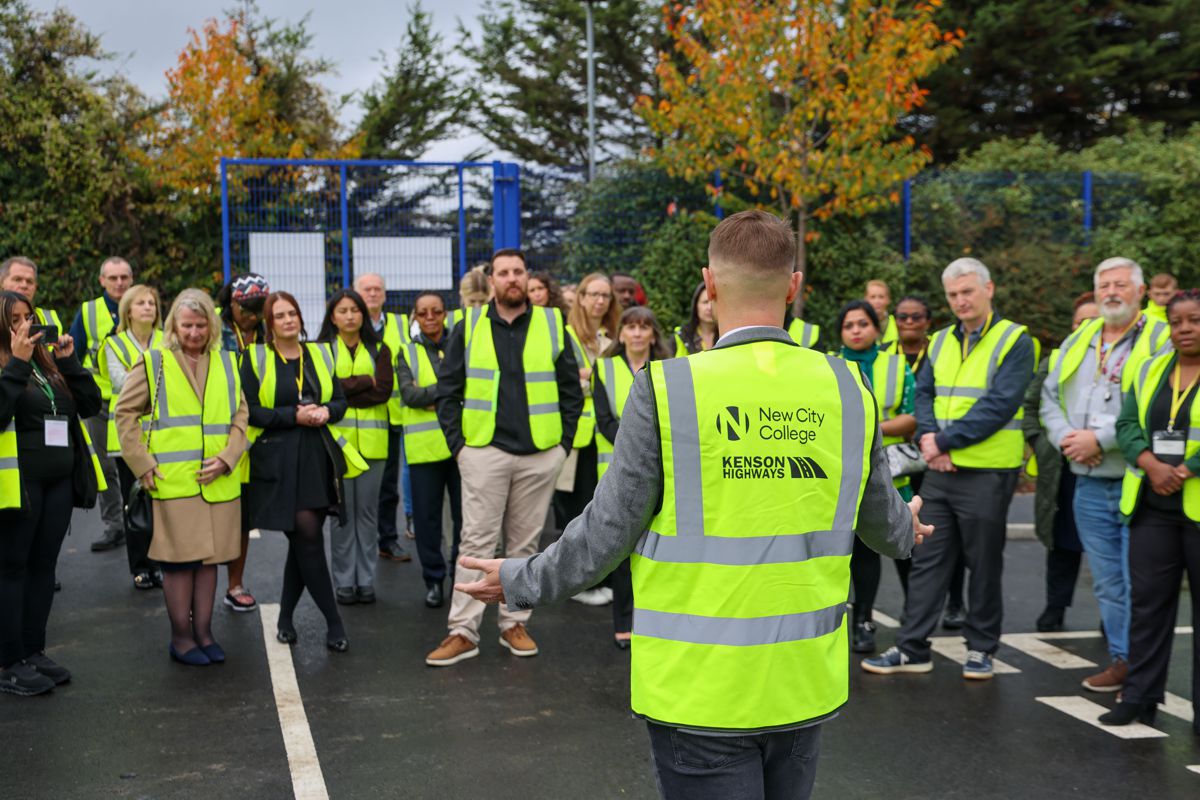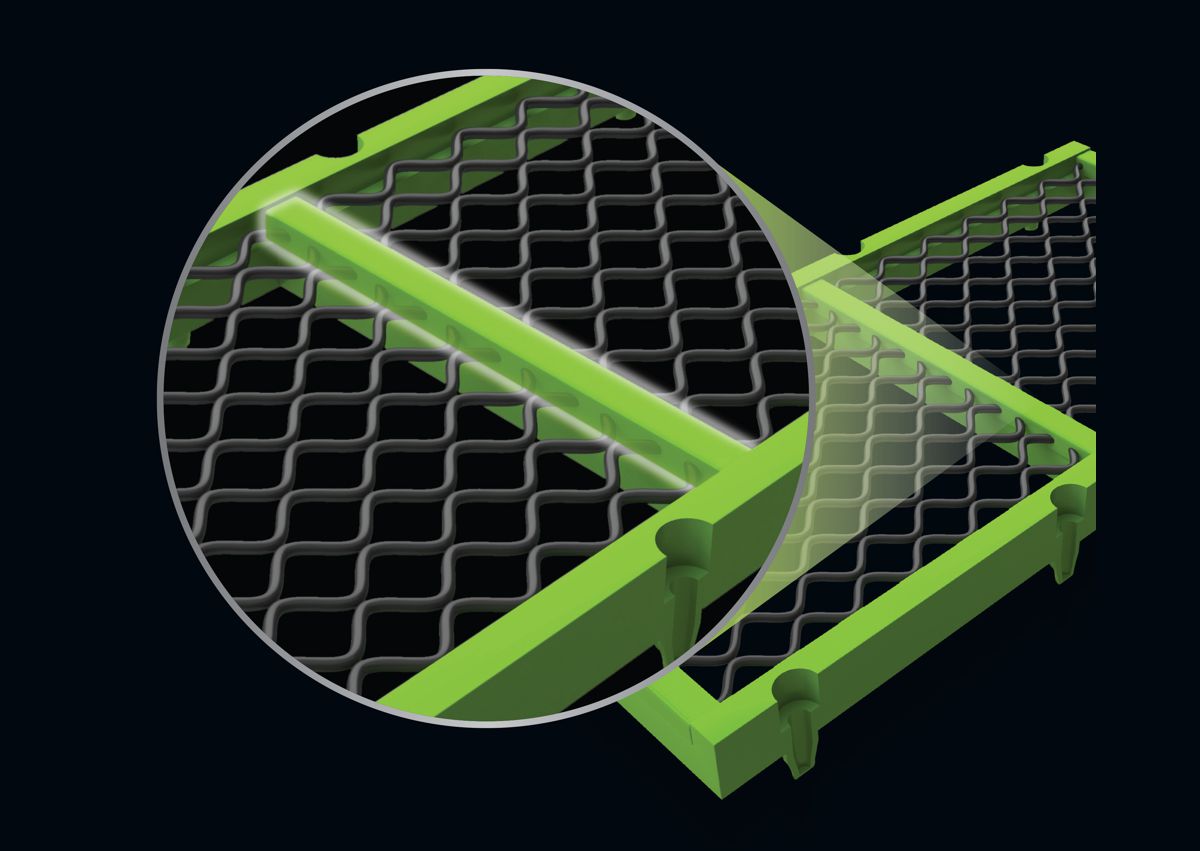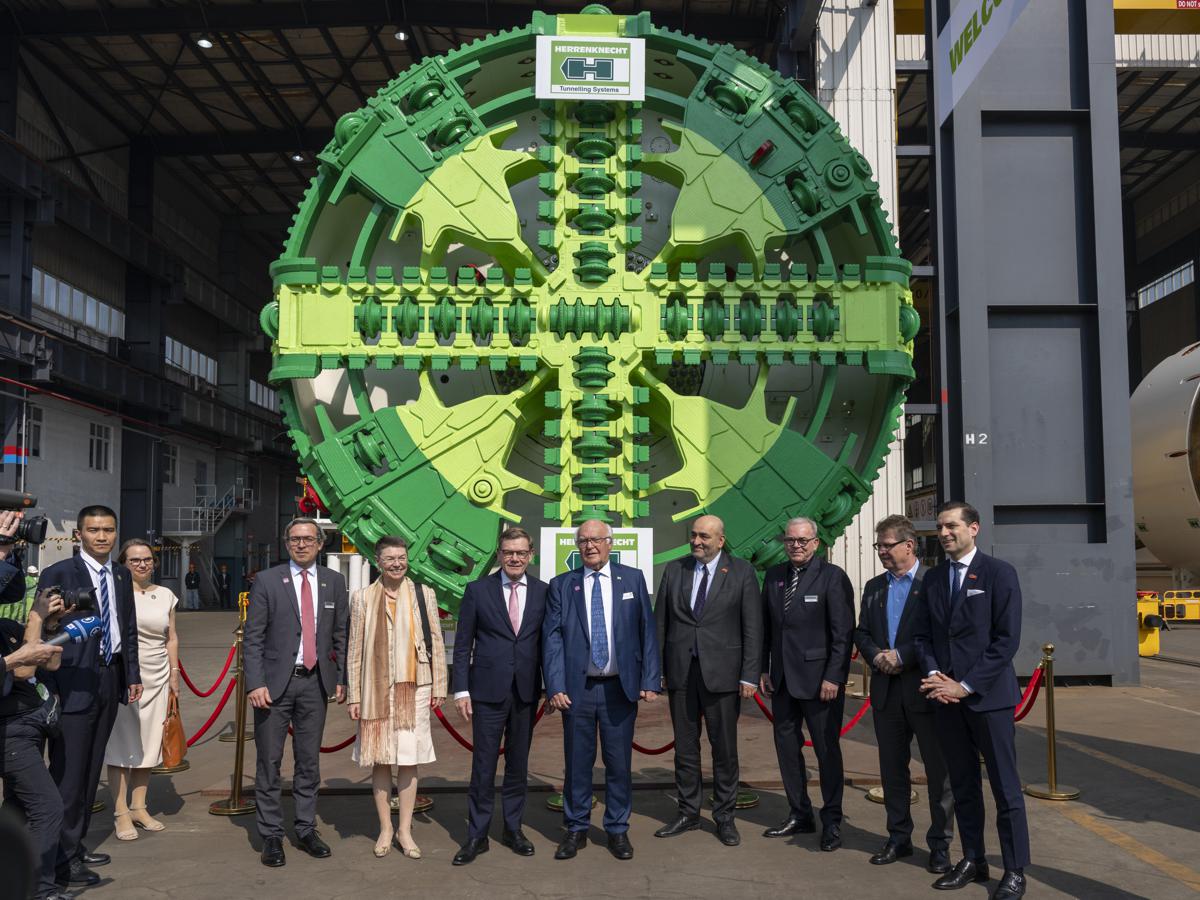High-Friction Thin Overlays are Paving the Way for Safer and Quieter Roads
Over the years, road pavements endure relentless punishment from traffic loads and environmental forces, leading to common surface issues such as rutting, cracking, raveling, and those all-too-familiar potholes.
As these distresses worsen, they shorten the pavement’s service life and undermine driver comfort and safety. Traditional solutions like asphalt concrete (AC) and stone matrix asphalt (SMA) have long been the go-to methods for surface rehabilitation, but the industry has been searching for a more advanced, durable, and sustainable approach.
That’s where high-friction thin overlays (HFTOs) come in. This emerging technology has drawn increasing attention for its potential to enhance road performance, boost skid resistance, and reduce noise, all without the high costs of full-depth reconstruction.
The Research Behind the Revolution
A recent study conducted by the School of Highway and the School of Materials Science and Engineering at Chang’an University in China sheds light on HFTO’s true potential.
Titled Laboratory Evaluation of High-Friction Thin Overlays for Pavement Preservation, the research systematically compared HFTO mixtures with traditional AC and SMA, aiming to determine whether HFTO’s laboratory performance justifies its growing field popularity.
Led by Ouming Xu, Rentao Xu, and Lintong Jin, the team prepared all three types of asphalt mixtures in the lab, each with a nominal maximum aggregate size of 9.5 mm. They then subjected the samples to an exhaustive battery of tests designed to replicate real-world stressors, including temperature fluctuations, moisture ingress, and traffic-induced deformation.
How HFTO Performs
The researchers evaluated several key performance factors:
- High-temperature stability through wheel tracking tests
- Low-temperature cracking resistance using flexural creep tests
- Moisture susceptibility with Marshall immersion and freeze-thaw splitting tests
- Raveling resistance through the Cantabro Abrasion Test
- Aging resistance assessed by the Marshall Test
- Surface texture and skid resistance using sand patch and British pendulum tests
- Tire/pavement noise measured via indoor rolling tests
The findings were illuminating. HFTO demonstrated noticeably lower tire-pavement noise levels compared with both AC and SMA, a crucial advantage in urban areas where noise pollution is an increasing concern. When it came to high-temperature stability and skid resistance, HFTO outperformed AC but fell just short of SMA’s robust performance.
While HFTO showed slightly weaker results in low-temperature cracking resistance, moisture stability, and raveling resistance, these drawbacks can be mitigated through the use of SBS-modified binders, which enhance elasticity and bonding. The result is a balanced, cost-effective material that performs admirably under a variety of climatic and traffic conditions.
Why HFTO Matters
Thin overlays play a critical role in pavement preservation, acting as a preventive maintenance layer that restores surface texture, improves ride quality, and extends the life of existing pavements. HFTO adds another dimension to this approach by introducing enhanced friction and reduced noise, which translate directly into improved road safety and community comfort.
According to the study: “HFTO mixtures can be a suitable alternative to traditional AC mixtures in regions where skid resistance and noise reduction are key concerns.” This statement underscores HFTO’s value not only for technical performance but also for its social and environmental benefits.
The Global Shift Towards Smarter Pavement Design
Globally, transportation agencies are under pressure to deliver smoother, safer, and longer-lasting roads without inflating maintenance budgets. As cities expand and traffic volumes surge, the demand for sustainable and resilient pavement solutions is accelerating.
Countries such as the United States, Japan, and members of the European Union have already begun experimenting with thin overlay systems featuring modified binders and advanced aggregate gradations. These approaches align with the broader movement toward smart infrastructure, integrating advanced materials with data-driven maintenance planning.
HFTO fits neatly into this vision. By enhancing skid resistance and mitigating noise, it supports Vision Zero policies aimed at eliminating road fatalities while also contributing to the UN Sustainable Development Goals (SDGs), particularly in areas of infrastructure innovation and sustainable cities.
HFTO vs AC and SMA
A deeper look at the comparative results reveals where HFTO shines and where it needs further optimisation:
- Skid Resistance and Macrotexture: HFTO’s enhanced friction performance makes it ideal for accident-prone zones such as intersections, curves, and steep gradients.
- High-Temperature Stability: HFTO stands its ground in hot climates where rutting is a concern.
- Noise Reduction: One of its standout benefits is quieter ride quality, a boon for urban motorways and residential corridors.
- Cracking and Moisture Resistance: HFTO requires attention in colder or wetter regions, though modified binders and local material calibration can address these gaps.
Ultimately, the research paints a clear picture: HFTO is not a one-size-fits-all solution, but rather a targeted, intelligent tool in the pavement engineer’s arsenal.
Innovation Meets Practicality
What makes HFTO particularly appealing to policymakers and infrastructure planners is its cost-effectiveness. Applying thin overlays is significantly cheaper and less disruptive than full-depth pavement replacement, allowing road authorities to stretch limited maintenance budgets further.
Moreover, HFTO’s adaptability makes it suitable for both new construction and rehabilitation projects. With proper design and material selection, it offers an excellent balance between performance, sustainability, and lifecycle cost.
The integration of high-performance binders and advanced mix design methodologies further elevates its durability, making it a compelling choice for smart pavement strategies worldwide.
Building Resilient Roads for the Future
The study by Chang’an University adds valuable data to the growing body of evidence supporting high-friction thin overlays as a promising step forward in pavement preservation. As the global construction and transportation sectors lean toward data-driven asset management, materials like HFTO will likely become central to achieving high-performing, low-maintenance road networks.
Future research is expected to focus on field validation, long-term performance monitoring, and optimising mix designs for specific climatic regions. Collaborations between academia, government, and industry will be key to refining HFTO technology and scaling its adoption worldwide.
Driving Progress with Innovation
In the grand scheme of road infrastructure evolution, HFTO represents more than just a new material, it symbolises a shift toward smarter, safer, and more sustainable road engineering.
As cities strive to balance mobility, safety, and environmental responsibility, innovative pavement technologies like HFTO will pave the way forward, ensuring the world’s roads are built not just to last, but to perform.




















